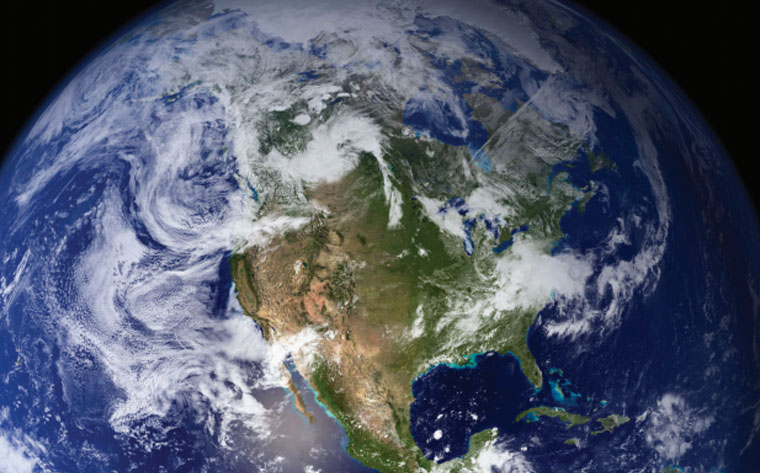
Condition reports of the 13 national marine sanctuaries and Papahānaumokuākea Marine National Monument reveal general trends in resource condition, pressures and concerns, ways of addressing each, and accomplishments and gaps in conservation science for each sanctuary.
In this report, the status and trends of resource condition are evaluated across the National Marine Sanctuary System (system). Among the many pressures on the natural and archaeological resources in the system, a number stand out: marine debris entanglement, trapping and ingestion, loss of biodiversity, wildlife disturbance, ship strikes and water quality, to name a few. Sanctuaries report changes in key species, which warrant special attention because of their integral role in a balanced ecosystem. Most have documented troubling invasions by non-indigenous species that can displace native species, disrupt ecosystems and damage fisheries. Many present concerns about the effects of tourism, visitation and coastal development, which can cause intentional and unintentional impacts to sanctuary resources.
In the face of these pressures, sanctuaries are making important strides in resource protection through progressive, science-based management, targeted resource protection programs and engaging education and outreach activities. Developments in conservation science capabilities across the system continue to support significant management actions addressing pressures on sanctuary resources. However, limited budgets continue to prevent the conservation science program from reaching its full potential as an ONMS asset. It is clear that prioritization of and support for targeted monitoring and research is not only strategic, but imperative. Numerous monitoring, education and outreach programs that do occur could not be accomplished without the help of dedicated citizens who volunteer their time and talents. Partnerships and improved coordination with communities and local, state, federal, and territorial governments are uniformly recognized as vital to success in identifying and protecting our nation's special marine places.

